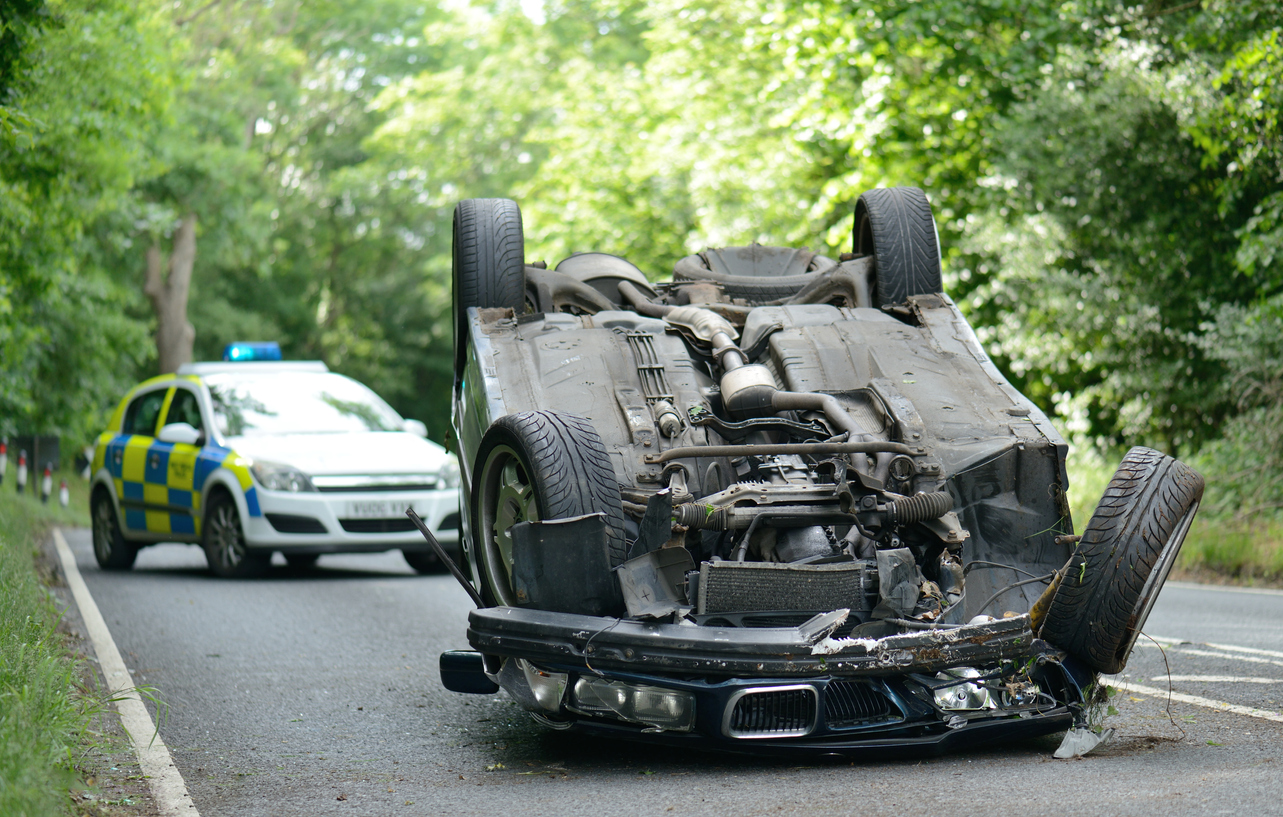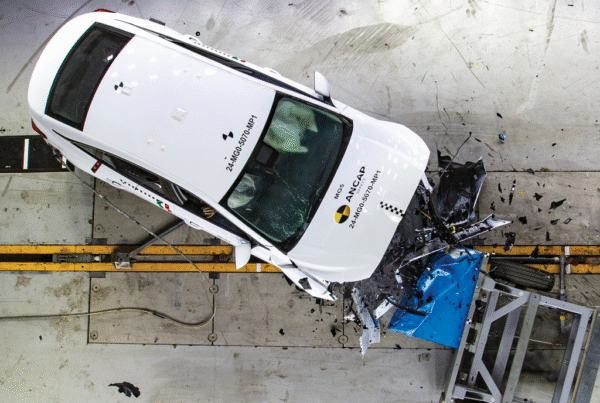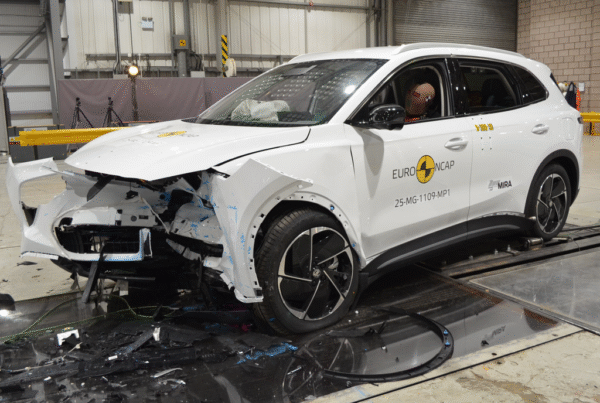Vehicle roll-overs pose a significant safety risk across various workplaces. Whether you’re working on construction sites, maintenance yards, car parks, or roadsides, the improper immobilisation of vehicles can lead to serious injuries and even fatalities.
While there is no single solution for preventing rollovers, understanding its causes, and implementing a code of behaviour can help significantly mitigate the risks associated with it.
In this article, we’ll be exploring some of the crucial things persons conducting a business or undertaking (PCBU), and workers can do to prevent vehicle roll-aways and ensuring safe immobilisation.
Understanding Vehicle Roll-Overs
A vehicle roll-away is the unintentional movement of a vehicle due to inadequate immobilisation.
This can occur during maintenance, loading and unloading, or when coupling and uncoupling trucks and trailers.
It is often caused by improper parking on inclines, equipment failure, starting a vehicle in gear, accidental use of controls, and lack of proper training for workers.
Duties and Responsibilities
Various duty holders are responsible for managing the risks associated with vehicle roll-aways. This includes PCBUs, designers, manufacturers, importers, suppliers, installers of plant, officers, and workers.
The model Work Health and Safety (WHS) Act places a general duty on PCBUs to eliminate or minimise risks to health and safety, including those related to vehicle roll-aways.
Risk Management and Control Measures
Preventing vehicle roll-overs is paramount in ensuring workplace safety. Here are some of the key control measures PCBUs and workers can implement to minimise the risks associated with vehicle roll-aways.
- Elimination of Risk:
- Organise work to minimise the need for vehicles in the workplace, eliminating the risk of roll-aways.
- Substitution, Isolation, and Engineering Controls:
- Substitution:
- Park off-street on a level surface, replacing street parking or sloped areas.
- Isolation:
- Utilise barriers, concrete barriers, or overhead walkways to separate mobile plant from workers.
- Establish clearly marked exclusion zones around vehicles during specific operations.
- Engineering Controls:
- Implement wheel chocks: Use wedged objects with a non-slip bottom surface to prevent vehicle movement.
- Consider park brake alert systems or fail-safe automatic braking systems for added safety.
- Substitution:
- Administrative Controls:
- Training and Toolbox Talks:
- Provide comprehensive training on proper vehicle immobilisation procedures.
- Conduct regular toolbox talks to reinforce control measures and promote awareness.
- Parking and Immobilisation Practices:
- Park on level ground whenever possible.
- Turn wheels when parking, ensuring the vehicle would roll towards the curb in case of movement.
- For manual transmission vehicles, use first gear when facing uphill and reverse when facing downhill.
- Do not park vehicles in gear during maintenance work.
- Ensure plant attachments (blades, buckets, rippers) are on the ground during immobilisation.
- Apply the handbrake before exiting the vehicle.
- Turn off the engine and remove keys to prevent unauthorised use.
- Training and Toolbox Talks:
- Personal Protective Equipment (PPE):
- While PPE does not prevent roll-aways, wearing appropriate gear like hard hats or steel cap boots can protect if an incident occurs.
Furthermore, regular reviews of control measures are essential to ensure effectiveness. Combining multiple control measures, such as barriers, proper parking, and chocks, offers a comprehensive approach to minimising the risk of vehicle roll-aways.
Preventing vehicle roll-overs requires a collaborative effort involving all duty holders. By implementing a systematic risk management approach and combining various control measures, workplaces can significantly reduce the risks associated with vehicle roll-aways, ensuring the safety of workers and individuals.
Work Safe Australia has a Code of Practice that aims to manage risks in the workplace. You can download it here.
Did you find this article helpful? Click the ‘heart’ button above to give it a ‘like’.


















